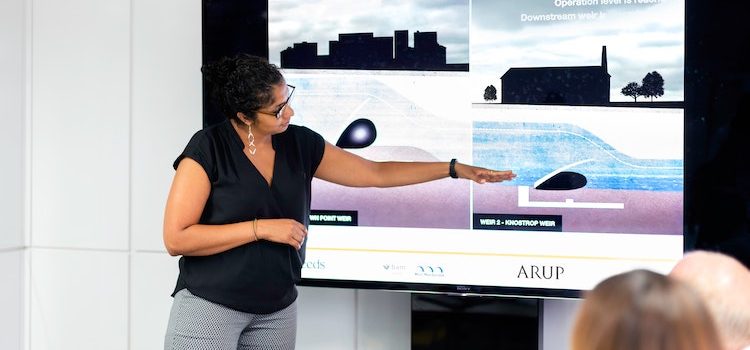What exactly is an adaptive change? Have you ever introduced a fundamental change to your organization’s processes? How did you communicate it to your team? According to change theorist Ronald A. Heifetz, an adaptive change is a change instituted in response to an “adaptive challenge”—an organizational problem that has no known solutions. Part of your job as an adaptive leader is to prepare people for the change, and the first step to this is to make sure that everyone has an accurate understanding of what the challenge entails and what change is about to come. In this article, we’ll look
Ronald A. Heifetz: Preparing for an Adaptive Change










